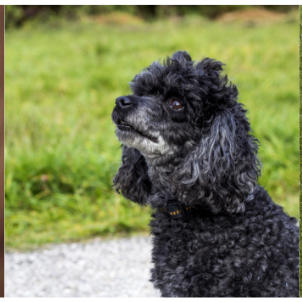Going for walks is a great way to bond with your pup, and it’s a fantastic way to get them moving! Keeping in mind that different types of dogs require different types of exercise is super important when walking your pup! Some breeds have a lot more energy than others, and some breeds have trouble walking in the summer heat. Below, we’ll be going over what to look out for when it comes to walking your particular breed, how much exercise they should be getting, as well as some recommendations for keeping your pups cool during the summer months.
The Toy Group
Pugs, Bulldogs, Shih Tzu’s -
If you have one of these breeds, it’s important to keep in mind that these dogs are a brachycephalic breed, which just means "shortened head" and refers to their short nose and flat faces. Many of these types of dogs suffer from airway issues, which can make it difficult for them to go on long walks and keep up. They also overheat easily, so it’s important to find the right balance between under exercising and over exercising! Some things you’ll want to avoid for these breeds are excessive exercise when under 10 months old, exercising within 1 hour after eating, exercise passed the point of labored breathing or exercise during very hot or humid weather. Make sure to bring along a water bottle and hydrate them whenever they seem to get too tired! Try collapsible water bottles to make it easier on you. Be careful to watch your pups breathing, and take breaks as needed.
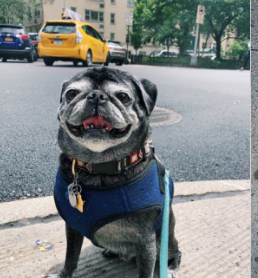
Sporting Group
Labrador & Golden Retrievers -
This breed is full of energy and oftentimes need to expend a lot of energy on a daily basis! Each dog is different, but if your lab is getting a bit reckless, chewing shoes or getting in to things around the house, it might be a good indicator that he needs to release some energy! There are no rules for how long each dog should be walked, as each dog’s activity levels differ from another. A great exercise for labs is anything that involves retrieving! Throwing a ball in the pool, playing frisbee, or just simple fetch will be a great way to expend some of your lab’s energy.
Golden Doodles -
Just like labs, Golden Doodles are full of energy! Each dog’s level of energy depends on their personality. Most are pretty active, and most goldendoodles also love to play fetch, swim, and catch frisbees. Exercising them more will increase their endurance, so be sure to adjust accordingly! Because of their thick and curly hair, they may overheat during the summer months so it’s important to keep an eye on them while exercising.
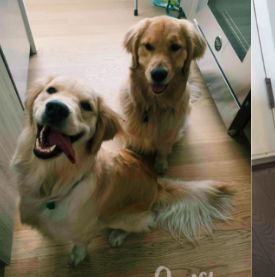
Working Group
Siberian Huskies, the Saint Bernard, Rottweilers, Boxers-
These types of dogs are more high energy than most, and definitely need more exercise than most other breeds. A 20 minute walk might not be enough for these type of pups. Typically, these types of dogs do better with longer activities, like hiking, to keep them stimulated and keep their curiosity at bay! These pups have very high endurance, and enjoy a challenge. Without much exercise, they could get hyper and mischievous! You may find yourself being pulled on a squirrel chase with these pups, so be sure to be aware of your surroundings when you take them out.
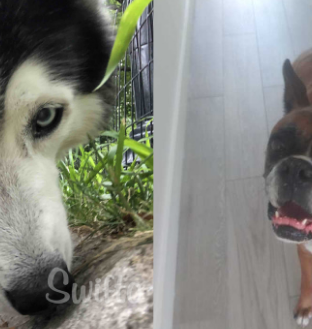
Herding Group
Sheepdogs, collies, shepherds and Corgis -
Much like the working group, these dogs have super high energy and need more exercise than most dogs. They are called herding dogs because they were originally used for herding sheep or cows! This obviously takes a lot of energy, so it’s important for them to feel mentally and physically challenged on a regular basis. Taking them to doggy obstacle courses or on runs with you should be a great challenge for these types of dogs! Because their background is in herding, they may chase after rollerbladers or kiddies that are running around in an effort to herd them, so try to be aware of this.
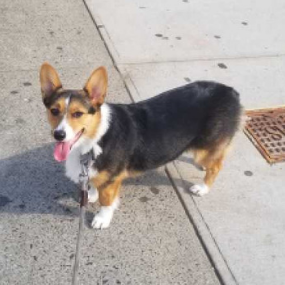
Terrier Group
American Staffordshire Terrier, Australian Terrier, Bull Terrier, Miniature Schnauzer, Russell Terrier
These types of dogs have very high energy levels and require a great deal of exercise to keep them satisfied! They were bred to kill vermin and to guard their families, so they need stimulating activities such as learning new tricks, searching for their food, obstacle courses, and treasure hunt! Chasing squirrels in the park might be one of their favorite activities, so be sure to keep an eye out for that on your adventures. Don’t be afraid to exercise them a little longer than average, because their endurances are usually very high depending on the dog. Taking them to the dog park to socialize with other dogs is another way to help them expend their energy.
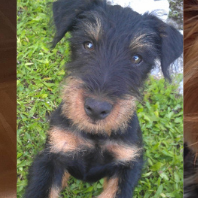
Hound Group
Basset Hound, Beagles, Bloodhounds, Coonhounds
These dogs all have an amazing sense of smell and are able to follow a trail like no other! Taking them on long walks and allowing them to take their time to sniff out all of the interesting smells is a great way to exercise them! Switching up your route and taking them to interesting new places is a great way to keep their senses keen. They generally have high endurance, and are able to go for long periods of time.
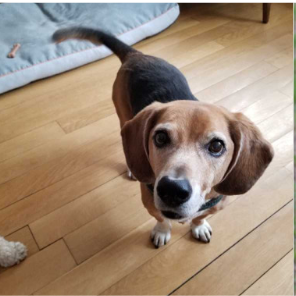
Non-Sporting Group
Chow Chow, Bulldog, Poodles, Tibetan Terrier, Bichon Frise, Chinese Shar-Pei
While these pups were not bred for sporting purposes, they still require exercise on a daily basis. They are most likely going to be just fine with being couch potatoes all day, but it's important to help them get a little bit of exercise! Taking them for a short walk a couple of times a day will be just what they need. They most likely aren’t going to want to chase squirrels, and they may tire out easily, but finding an easy activity that you both enjoy will help to satisfy their exercise needs.
